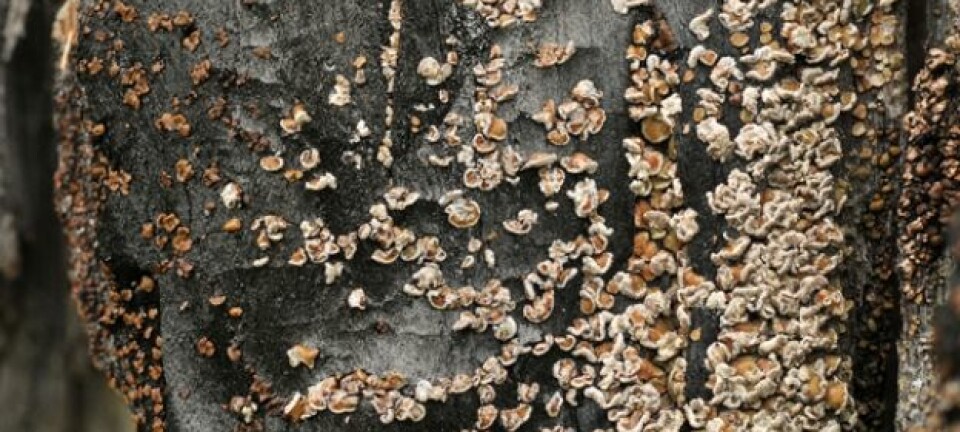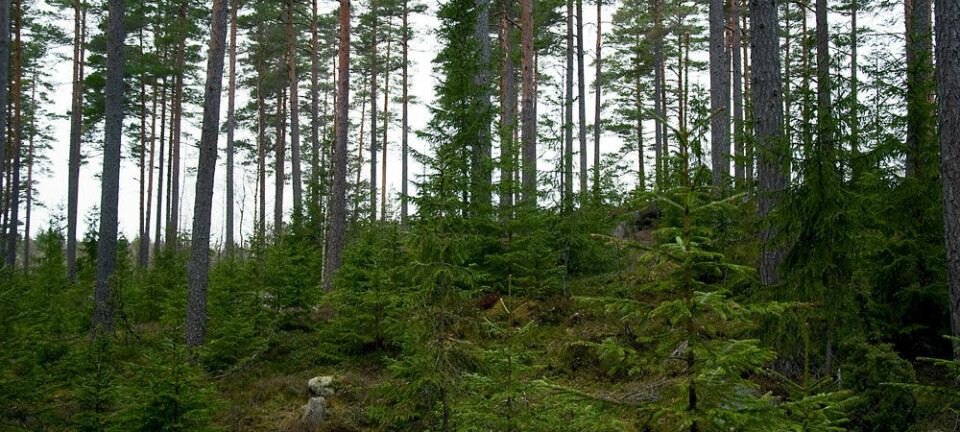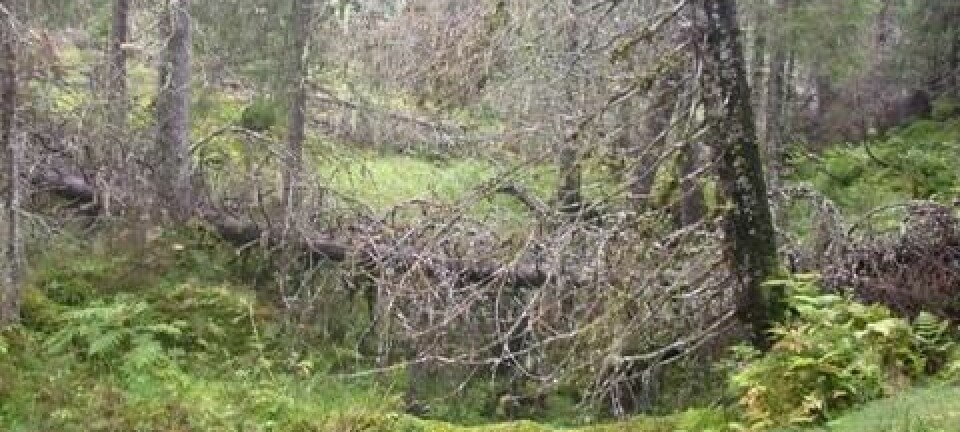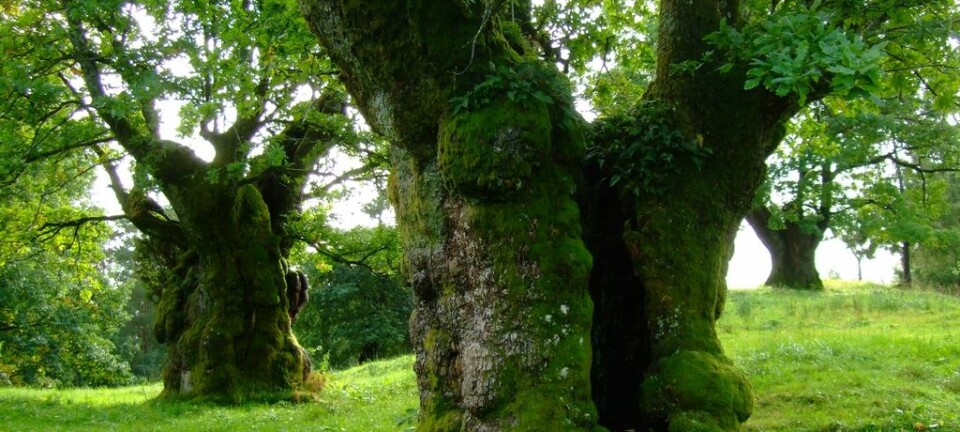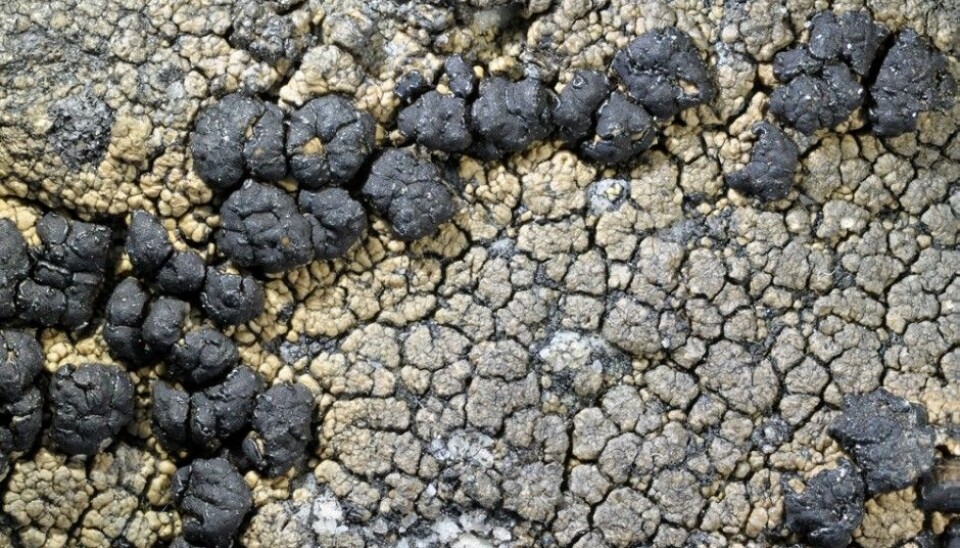
The lichen that only likes Galdhøpiggen
The lichen species Altissima has never been found anywhere else than the summit of Norway’s highest mountain – Galdhøpiggen.
Denne artikkelen er over ti år gammel og kan inneholde utdatert informasjon.
In 1947 the Swedish botanist and lichenologist Gunnar Degelius climbed to the top of Norway’s highest mountain, where he found a type of crustose (crusty) lichen he didn’t recognise.
The following year, Lecidea altissima (“the Lecidea lichen that grows highest up”) was described in a research article about lichens in Southern Norway by Degelius’s colleague Adolf Hugo Magnusson.
In the 67 years that have passed since Degelius ascended Galdhøpiggen, Altissima still hasn’t been found elsewhere on the planet.
Trampled by hiking boots
Researchers from Oslo’s Botanical Museum and the Norwegian Institute for Nature Research (NINA) in Trondheim were full of anticipation when they climbed up to the top of Galdhøpiggen to see if the lichen was still around.
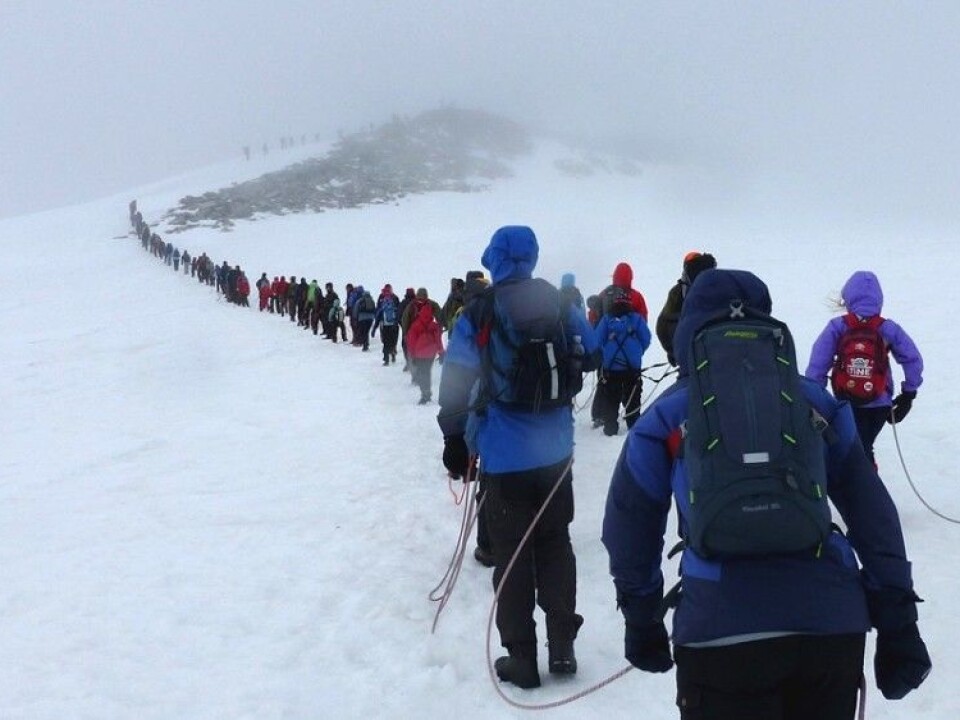
“We found it, almost at the top!”
“At the extreme summit Altissima had been trampled to shreds by hikers. But it still thrives just a little to the side of the peak,” reports lichen researcher Reidar Haugan.
Will you now propose a ban on walking at the summit Galdhøpiggen?
“No, we wouldn’t do that,” replied Haugan, with a chuckle.
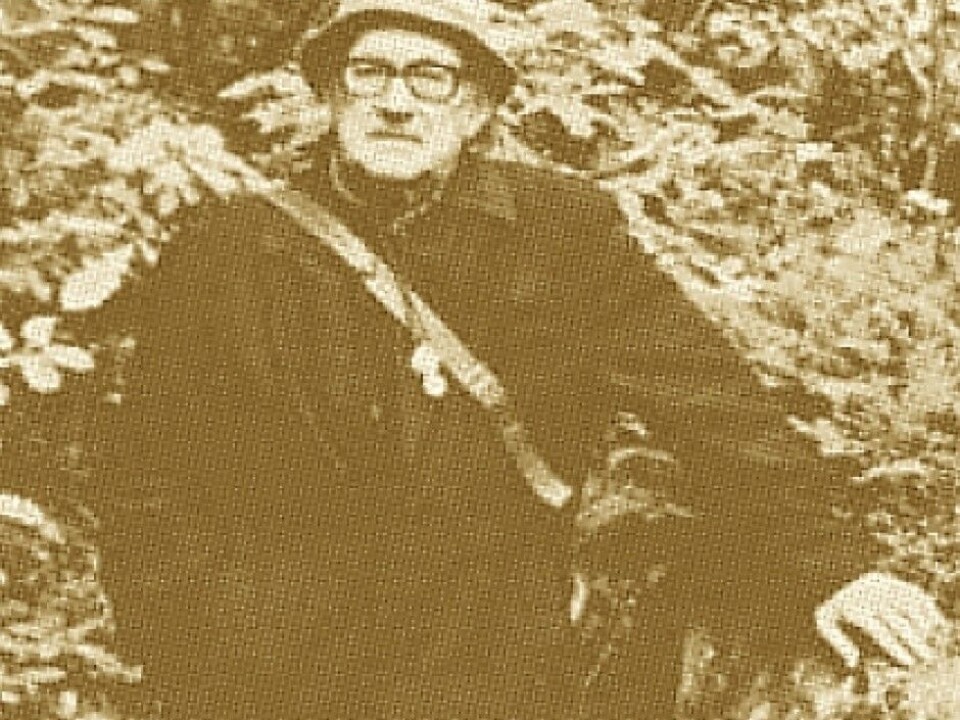
But Altissima will certainly be added to the roughly 4,000 red-listed species found in the Norwegian landscape.
Haugan and colleagues at the Natural History Museum in Oslo have DNA tested the Galdhøpiggen lichen and thus confirmed that it is a unique species.
But now its Latin name will be changed from Lecidea altissima to Miriquidica altissima. The researchers determined it belongs to the genus Miriquidica rather than the big lichen genus Lecidea, as Gunnar Degelius and Hugo Magnusson believed when they named it.
Norway as a lichen land
The trek up Galdhøpiggen that Haugan took with Harald Bratli of NINA was part of the project “Mapping of Norwegian lecideoid lichens”, which was run by the Natural History Museum in Oslo and financed by the Norwegian Biodiversity Information Centre.
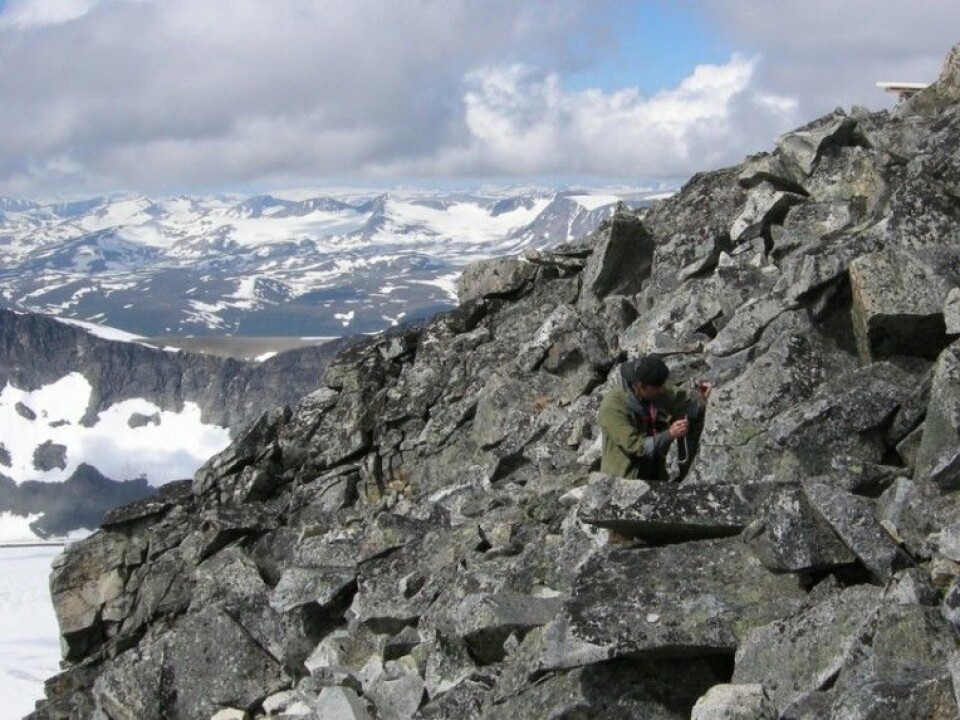
Reidar Haugan says the project's researchers in have discovered several new lichen species.
“We now know of over 2,000 lichen species in this country. Norway might be the nation in the world with the greatest number of different lichen species.”
“Considering the quantity of lichen species in Norway in relation to its geographic size, we are guaranteed to be the country in the world with the most fascinating lichen species. We have extraordinarily large climatic, geological and geographical differences and many kinds of natural habitats where lichen contributes as a significant part of the local biodiversity,” says Haugan.
“We find new things all the time. We have exciting things to study,” the scientist says.
DNA analyses are now a common practice in lichenology.
Lots of lichen species that appear indistinguishable turn out to be different when scientists investigate their genetic material. Such look-alikes which cannot interbreed are called cryptic species.
Lichenologists are constantly debating where to draw the lines in the categorization and quantification of individual lichen species.
------------
Read the Norwegian version of this article at forskning.no
Translated by: Glenn Ostling







